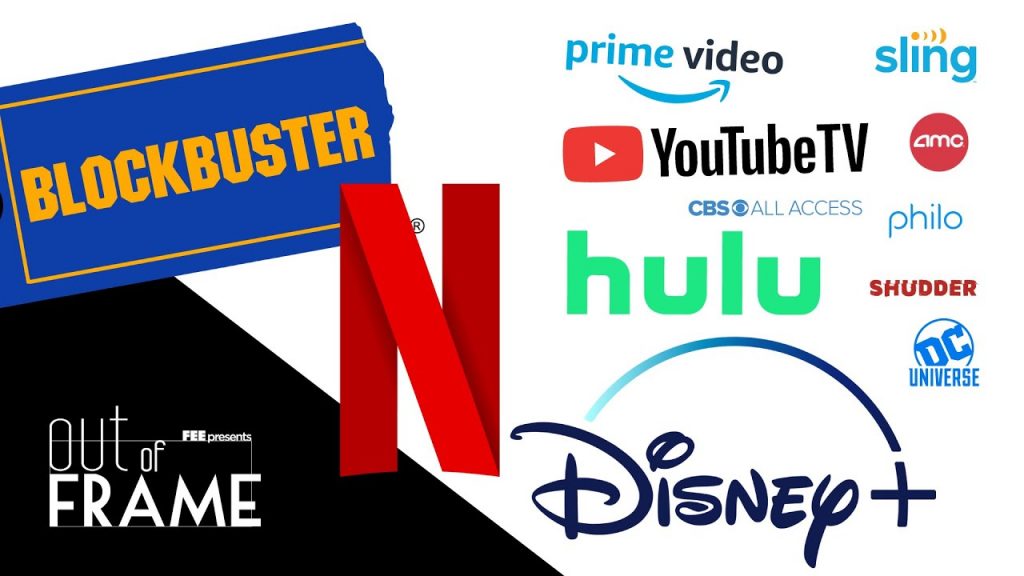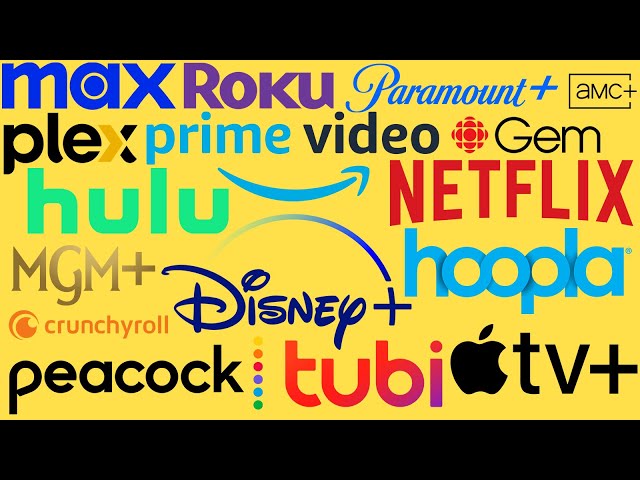Looking Back on the Failure of Netflix: An Inevitable Death.
As people across America rapidly unsubscribe from streaming services post-COVID, companies are reverting to the cable model they had previously built their businesses on rejecting. But for younger generations who have not grown up with cable, this return to form only drives modern audiences away.
Share this story
Last year, the public downfall of Netflix began making headlines. After flatlining in terms of their subscriber growth, they began to face growing costs and competition, putting their billions of dollars of past profit into jeopardy, culminating in a gasp-inducing story: Netflix had its first quarterly loss in subscription revenue in over a decade. Weeks later, the streaming giant announced that they would be cracking down on account sharing, the company’s claim to fame, and offering new subscription plans that included advertising despite its reputation as one of the only ‘ad-free’ streaming services. These changes were wildly unpopular, leading to nationwide Twitter boycotts and a massive loss in subscribers. For teenagers especially, who have been exposed to Netflix for all of their lives, it was unfathomable that Netflix could deteriorate so openly. This event is a prime example of the failures of the streaming industry, with even the leading company facing financial strife in recent years.

If a corporate juggernaut like Netflix is falling behind with no new streaming service looking to shake up the formula, it’s arguable that its competitors will decline. Arguably, the traditional business model of most streaming companies is no longer a money maker, and the increasing competition with new services like Max and Peacock has caused the original era of streaming to enter a decline. These new competitors are driving Netflix’s audience away, with media conglomerates placing their intellectual property within their platform instead of automatically handing their shows to Netflix. This increases the price of licensing, which may explain Netflix’s overreliance on original content. Instead of keeping popular properties like The Office or Friends, Netflix has chosen to put out a majority of new, in-house shows, which while being usually well-received by critics and audiences alike, most Netflix Originals like Archive 81 or Santa Clarita Diet are canceled after a season or two due to low viewership. This creates a self-fulfilling prophecy, with fans of Netflix Originals often boycotting the platform when their favorite show is inevitably canceled.

All of these issues have led Netflix to drastically change its original business model in a desperate attempt to increase profitability. But without key perks like account sharing and the lack of advertisement, customers are only driven towards the newer, sexier competition. The streaming market has become oversaturated, with each new company offering more affordability, more longevity for each show, and ultimately more television. But as streaming companies beg for Gen Z’s attention, teens across the globe have begun to protest using piracy instead. Full films and television episodes are often uploaded onto TikTok and YouTube for free, with each video gaining thousands of views. So, what can be done for Netflix? Will they continue on their path of money-saving destruction? Or should they risk losing the war against piracy to retain the few users they have left? It is up to them to decide, but if they choose wrong, their falling market value is the only thing to watch.
